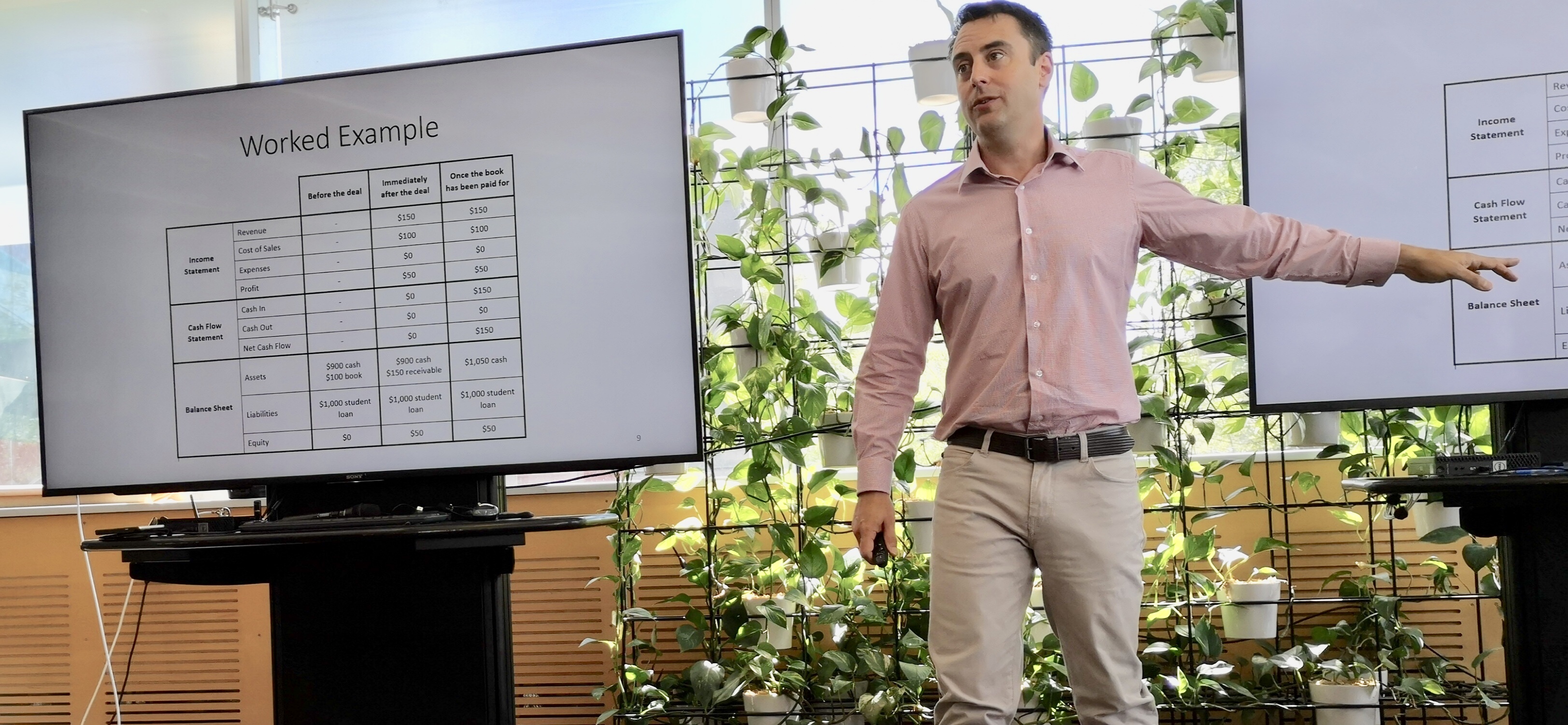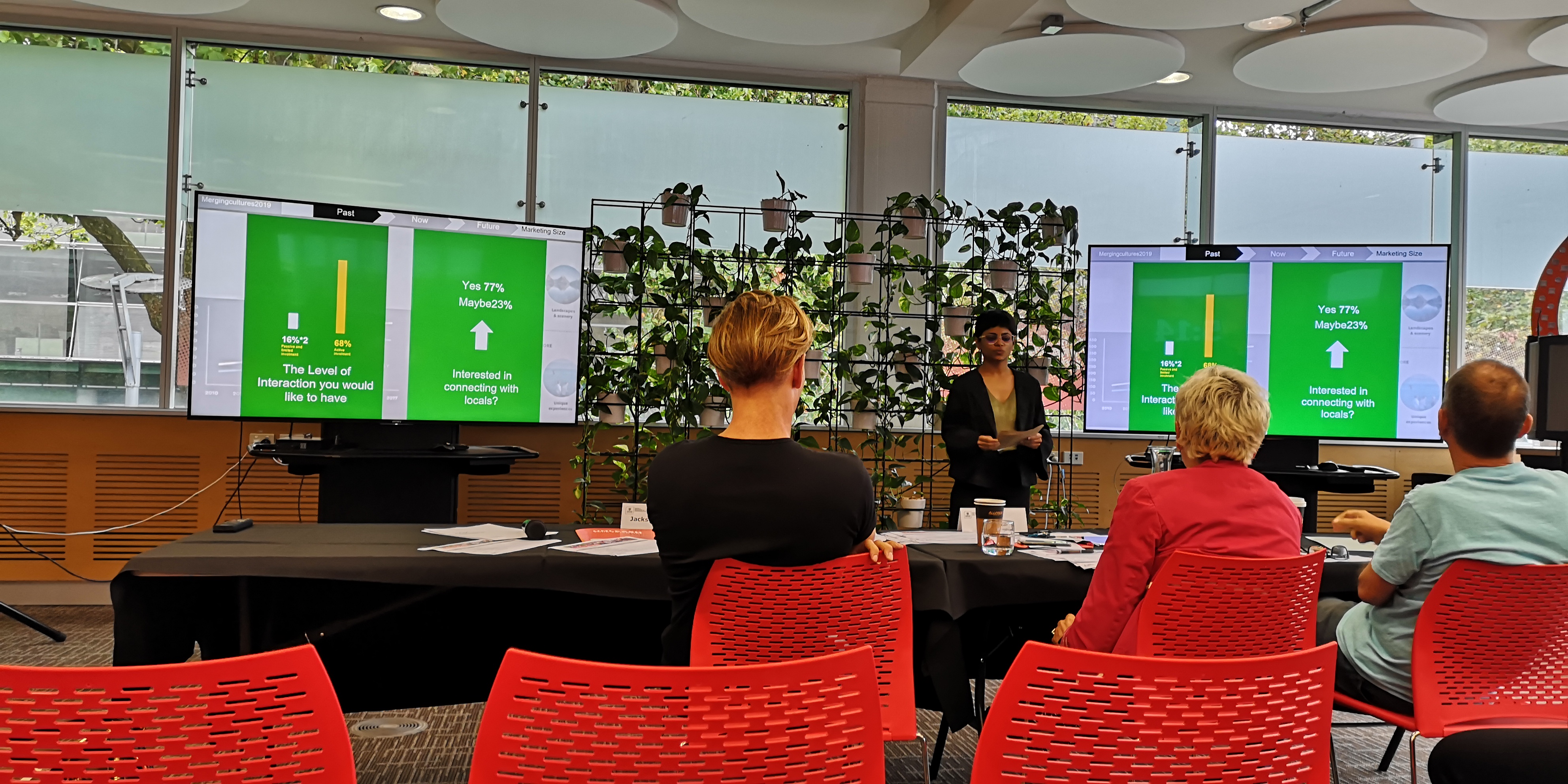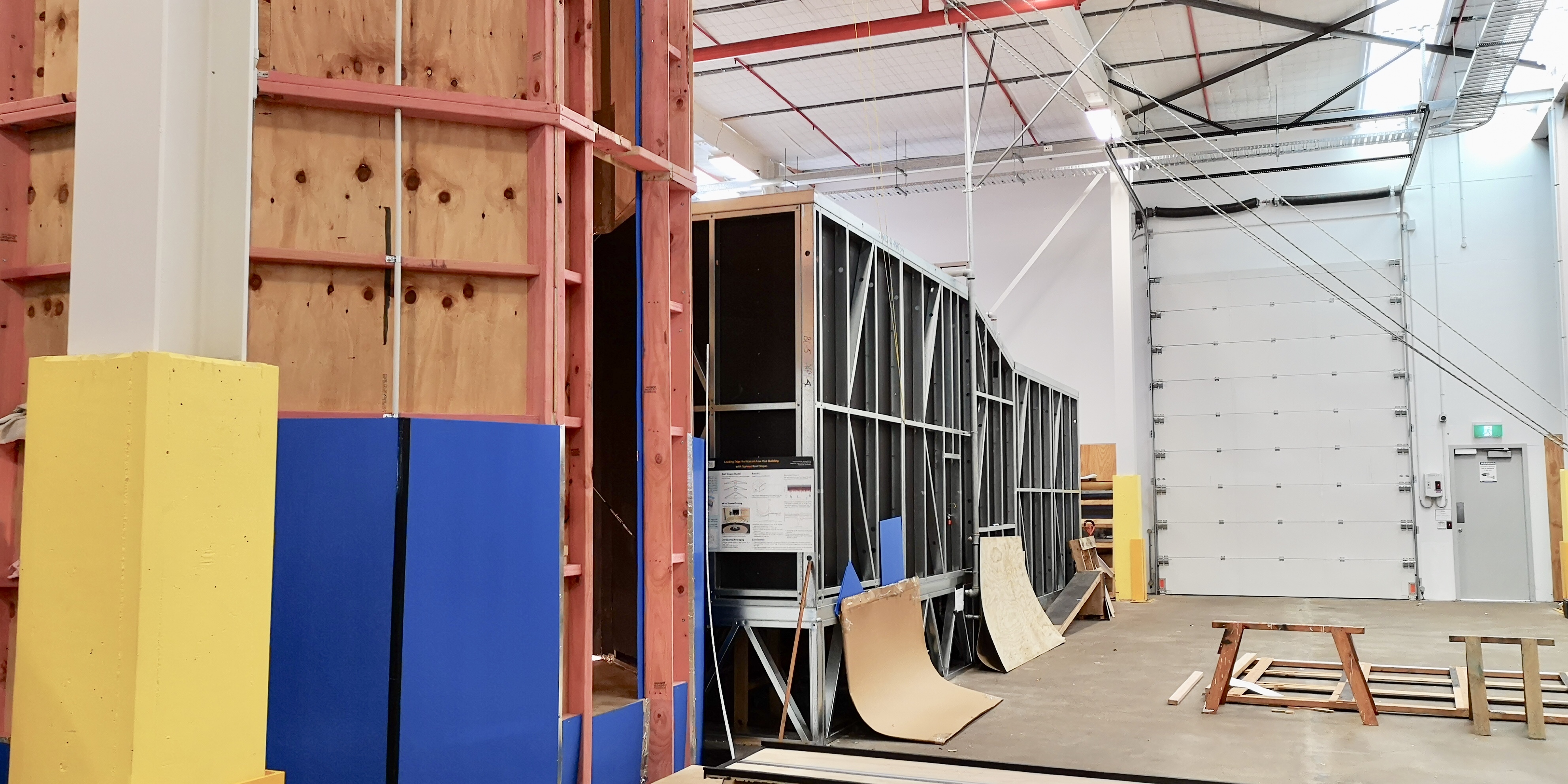Date:2019-05-06
Thanks to the support of the school and the foundation, we were able to participate in this novel and meaningful project in the summer laboratory of Auckland University during the winter vacation. In the activity, I met classmates and teachers from all over the world, heard English with different accents, and felt the local Maori culture which was full of vitality and vigor. When I suddenly stand in a strange foreign environment, I was willing to communicate with others because of the English-only teaching mode in our major, and my English listening and speaking ability improved significantly. I was the youngest person in the whole project team. I just entered the university, while I was still lack of basic knowledge, I was curious about everything and wanted to ask about everything, so I gained a lot naturally.


In this project, Auckland University invited many successful entrepreneurs and investors to share their experiences with us, and also opened workshops to teach us how to use Laser Cutter, 3D Printer and Vinyl Cut t-create and Maker. In our department, the equipment like laser printer was already very complete, so I could get started with these devices in Auckland University very soon. During these six weeks, a variety of courses would be arranged to guide us to stimulate innovative thinking and creativity so that taught us about business models, patents, minimized viable products and so on at least two days a week. Students were free to ask questions and bravely express their own ideas. Ideas from different cultural backgrounds of the world met here, which was an eye-opener for me.


In the process of product design of our group, I tried to put forward my own ideas. In the discussion with my classmates, I gradually found that although many of my ideas were cool, they were not necessarily suitable for target customers. This reminded me of what Eric always said in our department -- we should focus on the needs of target customers. For example, I hoped the measuring instrument can realize real-time measurement, but would this energy-consuming function really help customers? In the voice of the teacher repeating "Wear customers' shoes", I had a deeper understanding of the importance of considering customers' feelings and needs. If a feature wasn't directly related to the customer's goals, it was just a fancy addition, no matter how cool it sounded. Another lesson for customers was that we could not label a group of customers, which we could not simply bind people with a certain faith or age together. Only by conducting purposeful surveys can we know who really needs to solve a class of problems and what their pain points are. "I don't understand what some Indians say," one Indian classmate told me. As a future engineer, I thought such open and professional learning and discussion help me a lot. I also further understood that we still needed to consider various situations comprehensively and continued to improve our skills.


At Auckland University in New Zealand, the teachers were very kind to us students from China. In particular, a teacher-student meeting was added every Friday to answer some of our questions and summarize the past week. No matter what questions I asked were simple or innovative, they were very patient and carefully answered, which often reminded me of our English corner activities in the department of biomedical engineering. We Shared many thoughts and doubts with the teachers in the department, and felt their attentions to us in a pleasant atmosphere. In addition, I also followed the team to visit a local diabetes organization, and communicated with diabetics face to face to understand their suffering in pain. During the visit, an old man suffered nerve damage due to complications of diabetes, and his limbs and facial muscles kept shaking. He showed us how he used a blood needle to collect blood and measure blood sugar every week. Because his hands were shaking uncontrollably, The first time he pricked his finger, his other hand accidentally touched the squeezed blood bead. He pricked his finger twice, and when he finally touched the blood bead on the test paper, he encountered difficulties in putting the test paper into the instrument. Watching the old man try to control his right hand with his shaking left hand in the hope of smoothly inserting the paper into the instrument, I felt sad. The people I met were very warm and helpful, and I hoped I could do something to help them. At this time, I thought that whether I wanted to further my study in biomedical engineering or worked in related fields in the future, I would work towards this goal step by step. (Ye Zixin)